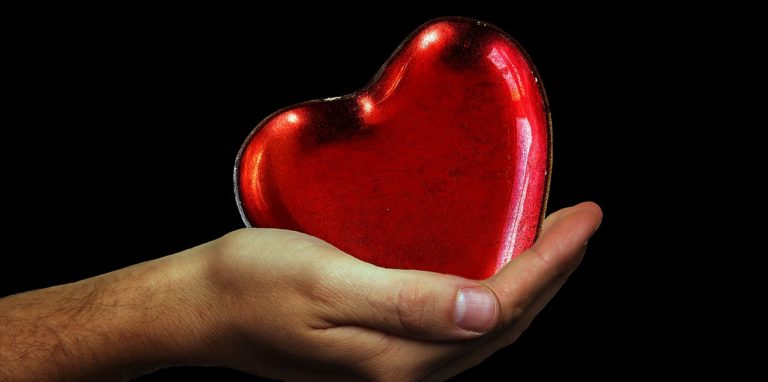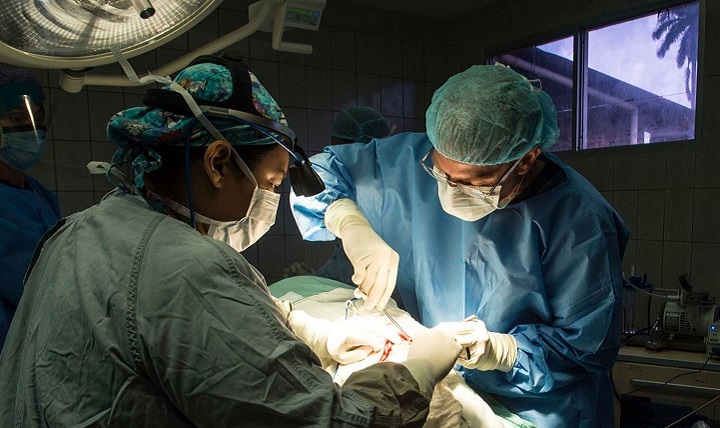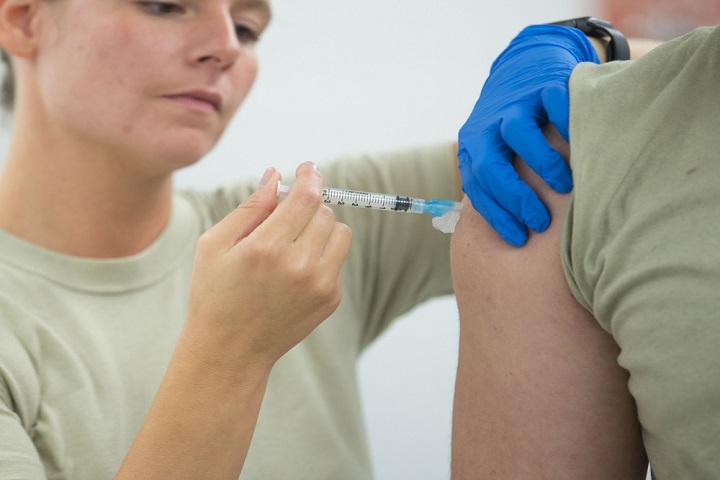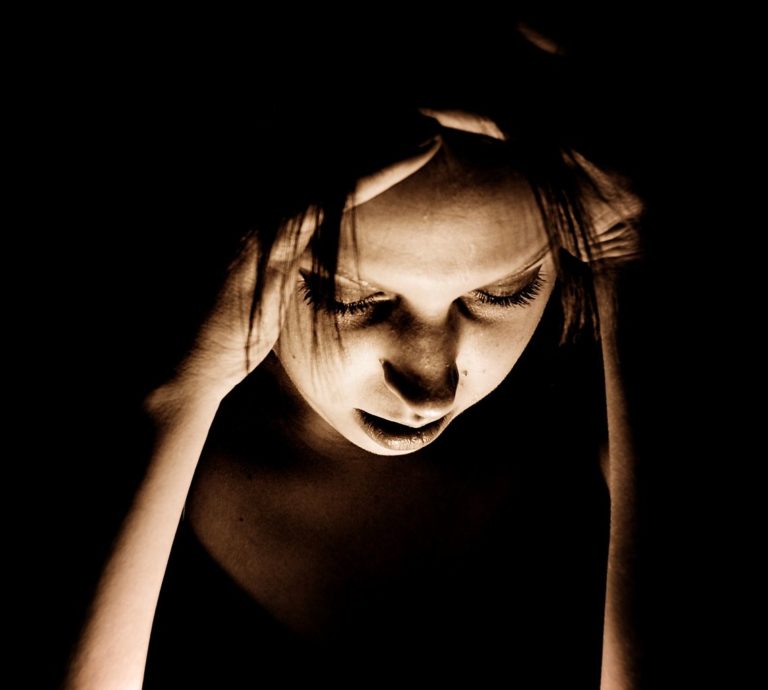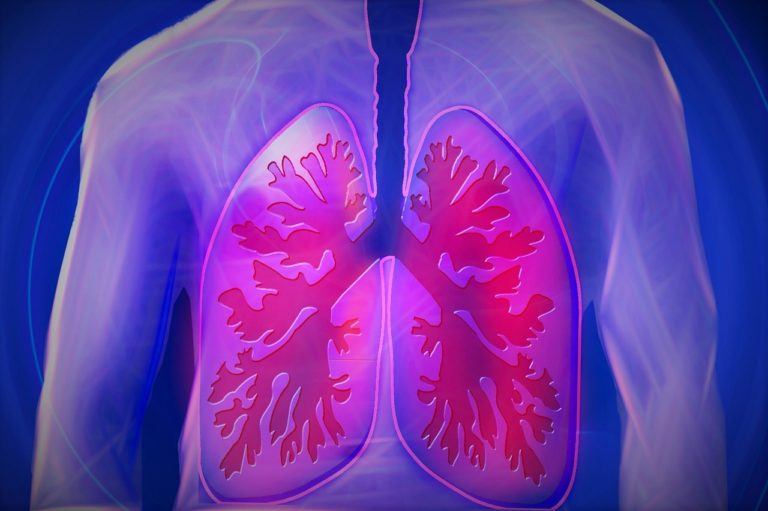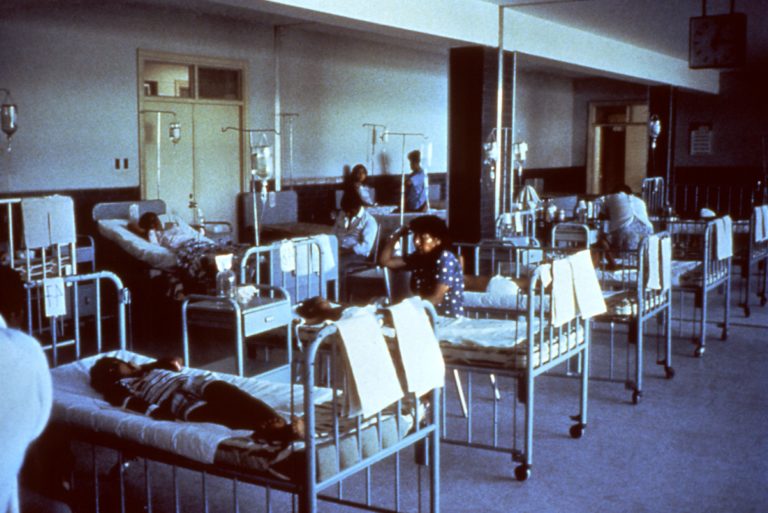Infants under 90 days of age who tested positive for COVID-19 tend to be well, with little or no respiratory involvement
Infants under 90 days of age who tested positive for COVID-19 tend to be well, with little or no respiratory involvement, finds a new study. Fever was often found to be the primary or only symptom. Findings were published in The Journal of Pediatrics.
“While there is limited data on infants with COVID-19 from the United States, our findings suggest that these babies mostly have mild illness and may not be at higher risk of severe disease as initially reported from China.” said lead author Leena B. Mithal, MD, MSCI, pediatric infectious diseases expert from Lurie Children’s and Assistant Professor of Pediatrics at Northwestern University Feinberg School of Medicine.
“Most of the infants in our study had fever, which suggests that for young infants being evaluated because of fever, COVID-19 may be an important cause, particularly in a region with widespread community activity. However, evaluation for bacterial infection in young infants with fever remains important.”
Young infants also had notably high viral loads in their nasal specimens despite mild clinical illness
The study included 18 infants, none with a significant medical history. Of the 50 percent of these infants who were admitted to the hospital’s general inpatient service, none required oxygen, respiratory support, or intensive care. Indications for admission were mainly clinical observation, monitoring of feeding tolerance, and ruling-out bacterial infection with empiric intravenous antibiotics in infants younger than 60 days. Of the infants admitted to the hospital, six out of nine had gastrointestinal (GI) symptoms (poor feeding, vomiting and diarrhea). Upper respiratory tract symptoms of cough and congestion preceded onset of GI symptoms. Young infants also had notably high viral loads in their nasal specimens despite mild clinical illness.
“It is unclear whether young infants with fever and a positive test for SARS-CoV-2 require hospital admission,” said Dr. Mithal. “The decision to admit to the hospital is based on age, need for preemptive treatment of bacterial infection, clinical assessment, feeding tolerance, and adequacy of follow-up.” There may be opportunities to utilize rapid SARS-CoV-2 testing to determine disposition of clinically well infants with fever.”



